Container cost optimization refers to the practices and strategies employed to manage and reduce the costs of running containerized applications in cloud environments. This process involves maximizing resource utilization efficiency and minimizing waste to control cloud spending while maintaining application performance.
Importance of Container Cost Optimization
As businesses increasingly adopt container technologies for flexibility and efficiency, managing associated costs becomes crucial. Containers can dynamically scale, leading to variable costs that can escalate if not adequately monitored and managed. Effective cost optimization ensures organizations derive maximum value from their container investments without overspending.
Challenges in Container Cost Optimization
- Dynamic Resource Allocation: Containers scale rapidly and in real-time, complicating cost prediction and management.
- Visibility and Tracking: Because resources are shared, identifying the cost incurred by specific containers or services within clusters requires sophisticated tracking mechanisms.
- Cost Allocation: Appropriately attributing costs to the right teams or projects within containerized environments can be complex.
Strategies for Effective Container Cost Optimization
Right-Sizing Containers
Often, containers are allocated more resources than required, leading to unnecessary costs. Monitoring your containers’ performance and usage statistics can help adjust their specifications to the ideal size. Tools like Kubernetes Horizontal Pod Autoscaler and Vertical Pod Autoscaler can automatically adjust resources based on demand and predefined limits, ensuring optimal performance and cost.
Efficient Image Management
Container images can consume significant storage, especially when multiple versions are stored. Optimizing your container images involves:
- Reducing the image size by using minimal base images.
- Removing unnecessary packages, files, or layers.
- Using efficient multi-stage builds.
Not only does this reduce the storage required, but smaller images also lead to start times and faster bandwidth consumption when pulling images across a network.
Cluster Autoscaling
Kubernetes and similar orchestration tools offer cluster autoscaling features that adjust the number of nodes in a cluster based on the load. By scaling the cluster nodes dynamically, organizations can ensure they are not paying for underutilized resources. Autoscaling also helps in handling unexpected spikes in demand without manual intervention.
Spot and Preemptible Instances
Using spot or preemptible instances for non-critical components of your application can significantly reduce costs. These instances are available at a fraction of the cost compared to standard cases but can be interrupted by the cloud provider. Designing your applications to be fault-tolerant can allow you to leverage these lower-cost options without affecting your service’s availability.
Efficient Networking Practices
Networking costs can be overlooked in container deployments. Optimizing how containers communicate can reduce costs associated with data transfer:
- Use internal load balancing when possible to avoid provider charges for external load balancing.
- Implement network policies that reduce unnecessary cross-network traffic.
- Cache frequent network requests to reduce the data transfer volumes.
Adopting a Multi-Tenant Architecture
Adopting a multi-tenant architecture can help distribute the costs of shared resources among multiple users or applications. This maximizes resource utilization and reduces the per-container cost.
Monitoring and Continuous Optimization
Continuous monitoring is vital for cost optimization. Implementing robust monitoring tools that provide visibility into resource usage and performance helps make informed decisions about scaling and resource allocation. Reviewing these metrics and adjusting your strategies can lead to significant cost savings.
Essential Metrics for Container Cost Optimization
| Metric | Importance |
| CPU and Memory Usage | Measures resource consumption to adjust allocations and reduce wastage. |
| Network Traffic | Monitors data transfer costs, optimizing service deployment locations. |
| Storage Requirements | Tracks storage usage to optimize data management and minimize costs. |
| Instance Lifecycle | Observe instances’ creation, usage, and termination to refine scaling strategies. |
Best Practices for Container Cost Optimization
Optimizing container costs is crucial for maximizing the efficiency and effectiveness of cloud resources. Here are detailed best practices to help organizations manage and reduce their container-related expenditures:
Regular Review of Container Configurations and Scaling Policies
Continually assess and update container configurations and auto-scaling policies to align with current application demands. Changes in application usage or workload characteristics can significantly affect resource requirements. Regularly adjusting these parameters helps prevent over-provisioning and under-utilization, which can lead to unnecessary costs.
Implementation of Cloud Cost Management Tools
Cloud cost management tools offer detailed insights into container usage and expenses. These tools help identify which containers use the most resources and which may be optimized for better cost efficiency. By providing visibility into resource consumption patterns, these tools enable more informed decision-making about where cost reductions can be achieved.
Engaging Cross-Functional Teams
Incorporate input from finance, operations, and development teams to align financial and operational objectives with cloud infrastructure management. Organizations can foster a cost-awareness and accountability culture by involving multiple departments. This collaborative method ensures that all stakeholders understand the cost implications of their actions and are equipped to make decisions that benefit the organization’s overall budget and operational goals.
Optimizing Container Image Sizes
To minimize the size of container images, remove unnecessary libraries, dependencies, or files that do not contribute to the application’s functionality. Smaller images reduce storage and network costs, accelerate deployment times, and decrease the attack surface for security threats.
Effective Use of Caching
Implement caching mechanisms where appropriate to reduce the amount of duplicated data retrieval operations. Caching frequently accessed data can significantly decrease network traffic and improve the performance of containerized applications, leading to reduced costs associated with data transfer and processing.
Conclusion
Container cost optimization is essential for organizations utilizing container technologies to avoid unnecessary expenditures while maintaining high performance and availability. By implementing strategic resource management, regular monitoring, and cost-effective scaling practices, businesses can significantly reduce cloud expenditures and enhance the overall value derived from container investments.

